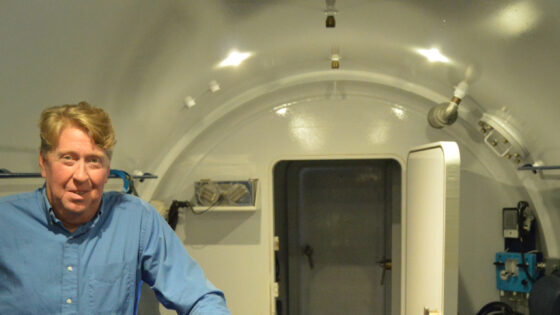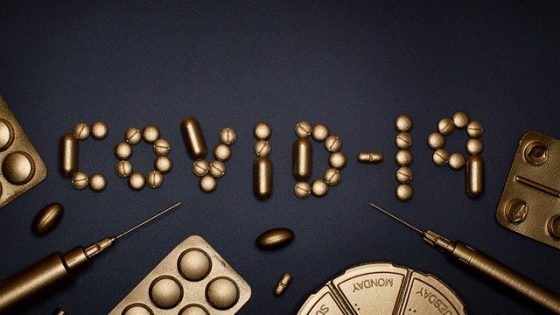colorectal cancer
Cancer that develops in the colon (the longest part of the large intestine) and/or the rectum (the last several inches of the large intestine before the anus).
colostomy
An opening into the colon from the outside of the body. A colostomy provides a new path for waste material to leave the body after part of the colon has been removed.
colostomy irrigation
A procedure in which a patient with a colostomy flushes the colon with water, using a tube that is inserted into the stoma (a surgically created opening in the body that connects an organ or area inside the body with the outside). This causes the colon to empty and pass stool through the stoma into a bag. The procedure should be done at the same time every day. It may allow colostomy patients to have better control over their bodies.
colposcope
A lighted magnifying instrument used to check the cervix, vagina, and vulva for signs of disease.
colposcopy
A procedure in which a lighted, magnifying instrument called a colposcope is used to examine the cervix, vagina, and vulva. During colposcopy, an instrument called a speculum is inserted into the vagina to widen it so that the cervix can be seen more easily. A vinegar solution may be used to make abnormal tissue easier to see with the colposcope. Tissue samples may be taken using a spoon-shaped instrument called a curette and checked under a microscope for signs of disease. Colposcopy may be used to check for cancers of the cervix, vagina, and vulva, and changes that may lead to cancer.
coma
A condition in which a patient is in a state of deep sleep and cannot be awakened. A coma may be caused by many things, including trauma, drugs, toxins, or certain diseases.
combination antiretroviral therapy
Treatment that uses a combination of three or more drugs to treat HIV infection. Combination antiretroviral therapy stops the virus from making copies of itself in the body. This may lessen the damage to the immune system caused by HIV and may slow down the development of AIDS. It may also help prevent transmission of HIV to others, including from mother to child during birth. Also called cART, HAART, and highly active antiretroviral therapy.
combination chemotherapy
Treatment using more than one anticancer drug.
combination therapy
Therapy that combines more than one method of treatment. Also called multimodality therapy and multimodality treatment.
combined androgen blockade
Treatment used to block androgen (male hormone) activity in the body. This may be done by giving an antiandrogen drug and removing the testicles (orchiectomy) or by giving an antiandrogen drug with a gonadotropin-releasing hormone (GnRH) agonist. Combined androgen blockade may stop the growth of cancer cells that need androgens to grow, and is used in the treatment of prostate cancer. Also called complete androgen blockade and total androgen blockade.













